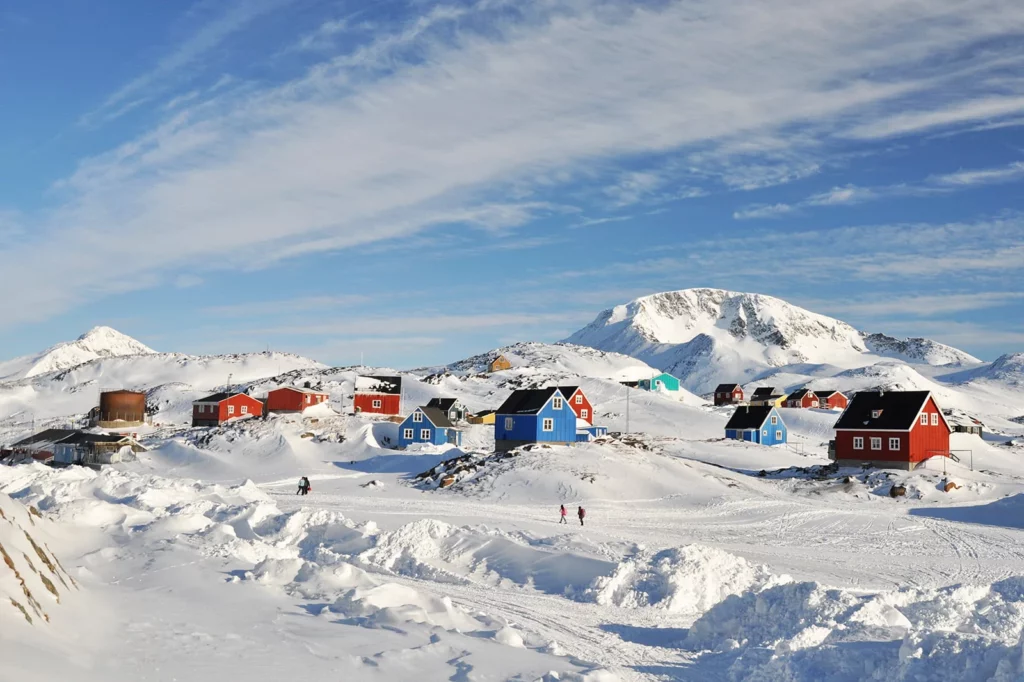Via Kenneth Richard of NoTricksZone we learn of a fascinating study from 2016 that measured how much sunlight hit the ground in Greenland over the Pleistocene, from approximately 11,000 years ago back to 2.6 Million years ago. As you can imagine it is not easy to figure such things out. From 1988 to 1993 scientists drilled a hole 3 km in length down through the Greenland ice cap to the bedrock, then a further 1.5 meters into the bedrock. Many years later they took the rock samples and measured the density of certain radionuclides which are produced when cosmic rays hit exposed rock. The data indicate that the ice cap could not have been in place throughout the Pleistocene. In fact Greenland had to have been largely ice free for thousands of years at a time, even back when atmospheric CO2 levels were far lower than they are today.
Because Greenland has a mountain range under the eastern part of the ice cap, when the ice disappears, the lower-altitude western stuff goes first, then the melting spreads up the slopes of the eastern highlands. The drill site involved in this study is far to the east and is known to be near one of the last places where the ice cap remains even when the rest of Greenland is bare. So if the rocks under the drill site were baking in the sun, it means nearly the entire ice cap had to have been gone.
The study couldn’t identify when the ice cap was gone. But it was clear that it had to have been absent for a large fraction of the time, to account for the buildup of radionuclides. One possibility is that the ice sheet was largely absent for about 8,000 years of every 100,000 year glacial cycle. Or it might have been absent for longer intervals during fewer cycles. But the researchers were able to rule out the hypothesis that it was intact for the entire Pleistocene. And sometimes being able to rule out wrong hypotheses is as important as being able to prove the right ones.
The study didn’t offer an explanation why the ice cap melted, other than that it got very warm there compared to today. And presumably we can rule out the hypothesis that it got warm due to anthropogenic fossil fuel consumption, which by default means natural variations can result in a lot of warming. Another example where ruling out wrong hypotheses is very useful.


